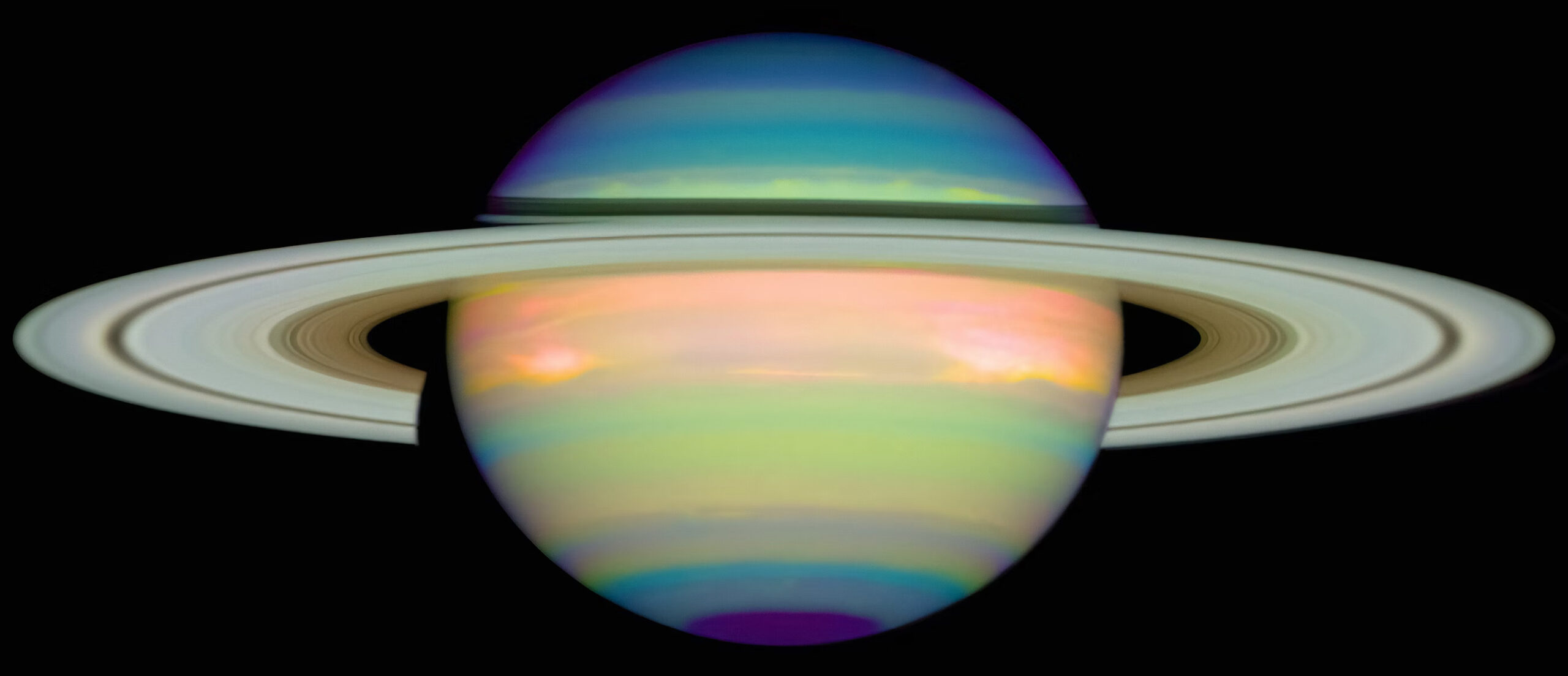Spring | Summer | Fall | Winter | |
2025 | Volume 67 |
| Volume 65 | Volume 66 |
Volume 30, 23 September 2015
“No spring nor summer’s beauty hath such grace As I have seen in one Autumnal face”
~John Donne, "Elegy IX: The Autumnal"
Magical Voice: A Vedic Perspective
I am very excited to announce to all of you that I have an article in the current issue of The Mountain Astrologer (Issue #183, October/November 2015). The article examines three singers for combinations that could indicate remarkable vocal ability. It is available in select Barnes & Noble and Whole Foods stores as well as other book stores and natural food chains. It can also be ordered online at www.mountainastrologer.com/order.html
On November 22nd, I will be giving a talk on the same topic at the Sedona Vedic Astrology Conference which runs November 19 - 23rd, 2015. If any of you are planning on attending this conference in beautiful Sedona, Arizona, let’s connect. It would be delightful to see you.
Super Blood Moon Eclipse
On the evening of September 27th, there will be a total lunar eclipse visible from most places in North America starting shortly after sundown. The whole Eastern section of the US extending out to east Texas will see the entire eclipse. Points further west will see the totality but may not see all the stages of the Moon entering and leaving totality.
Courtesy of the Earth/Sky website here is the timing of the eclipse stages:
Eastern Daylight Time (September 27, 2015) |
|
|---|---|
| Partial umbral eclipse begins | 9:07 p.m. EDT on September 27 |
| Total eclipse begins | 10:11 p.m. EDT |
| Greatest eclipse | 10:47 p.m. EDT |
| Total eclipse ends | 11:23 p.m. EDT |
| Partial eclipse ends | 12:27 a.m. EDT on September 28 |
Why is this called a super blood moon eclipse? This lunar eclipse is the last of a tetrad - a consecutive series of four full lunar eclipses without any partial eclipses happening in between and spaced six months apart. The term “blood moon” applies to lunar eclipses of a tetrad.
The term blood moon seems to have a biblical origin and may coincide with the feast of Passover and the feast of Tabernacles.
In Jyotisha, it is said that Rahu and Ketu gain great strength during an eclipse and the luminaries become very weak. Though eclipses may be productive for some kinds of sadhana, they are not considered to be auspicious for accomplishing or initiating any activities that lead to materialization. Indeed, there are elaborate recommendations on what to do before, during and after visible eclipses.
The nakshatra that “houses” the full Moon eclipse is considered to be an inauspicious nakshatra for subsequent muhurtas (selection of auspicious times for initiating an activity) for a prescribed period of time depending on the configuration and visibility of the eclipse.
Upaya - Connecting to the Divine
In the last newsletter I listed three main categories for upaya - remedial measures to address obstructions as seen through planetary patterns. The three categories were connection to the divine, charity and service (seva).
Creating a relationship with the divine is one of the most efficacious means for remediation of planetary difficulties or just having a meaningful and satisfying life in general. It is very important to remember that this is not governed by any particular cultural reference. It can be as simple as silent reverence for the rising sun every day on the beach or as elaborate as a multi-day full out Vedic ritual.
Creating a relationship with the divine need not directly involve a specific deity. Many people have practices around gratitude which when meaningfully and sincerely done, cultivate an inner contentedness that is very potent in dealing with the ups and downs of life. Others have meditation practices, some of which are centered around a deity in the form of mantra, or something as simple as a heart or breath meditation.
Man has been communing with the divine in the form of prayers from time immemorial. These prayers may be directed to universal powers beyond our earthly plane and/or on this earth. Some prayers focus on a cultural representation of certain laws of nature which can be personified or abstracted such as the nine grahas.
What specifically are some of the recommendations for upaya in the form of prayer in the Vedic tradition? This is such a huge topic that I will just simply say we can think of two major categories - internal and external. Internal is mainly what was covered above - meditation, silent prayer, nature etc. It can also involve other aids to meditation such as candles, yantras and other forms of the divine like a picture or statue (murti).
External forms include chanting of mantras either in a group practice or at home individually. Chanting can take the form of a formal puja - a prescribed ritual that can be performed at home or a more elaborate ritual with the intercession of a trained priest. Often the latter includes a fire ceremony (homa) where the offerings are borne through the medium of fire to the deity invoked.
Precious stones are often recommended as an upaya but it must be borne in mind that a stone, in this context, is a murti - a physical representation of a deity. Therefore, it must be treated properly and reverentially. It is not really an external means - not simply the purchase of an instant karma cleanser.
The word propitiation is often used to describe this category of upaya but as we will see, it is applicable to the other means of upaya as well.
The Media Corner - Online Vedanta Classes
As one of the limbs of the Veda, Jyotisha is a great segue into the study of Vedanta - the culmination and essence of all Vedic studies. Jyotisha's focus on resolving one's life challenges dovetails with Vedanta's unfolding the vision of one's complete inner nature which abides in limitless freedom and well being. Vedantasara (the Essence of Vedanta) in Chapter 1 cites at Verse 6 that a practitioner of any of the Vedic limbs of study including Jyotisha, is well qualified to embrace the vision of Vedanta. For anyone interested in exploring the essence of themselves through Vedanta, online classes are being offered at www.yogabodha.com by Janani. A student of Swami Dayananda - the foremost Vedantic teacher today, Janani presents the subject matter in a clear, easy to understand and interesting format. She has been conducting classes for several decades. Please visit the website for further information and register for any one of the introductory classes being offered there.












